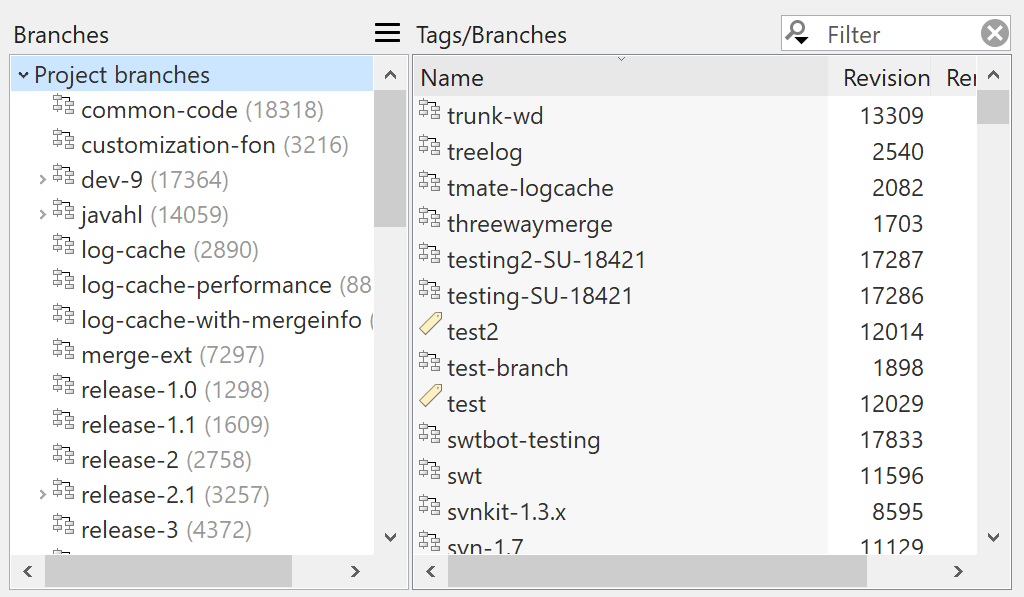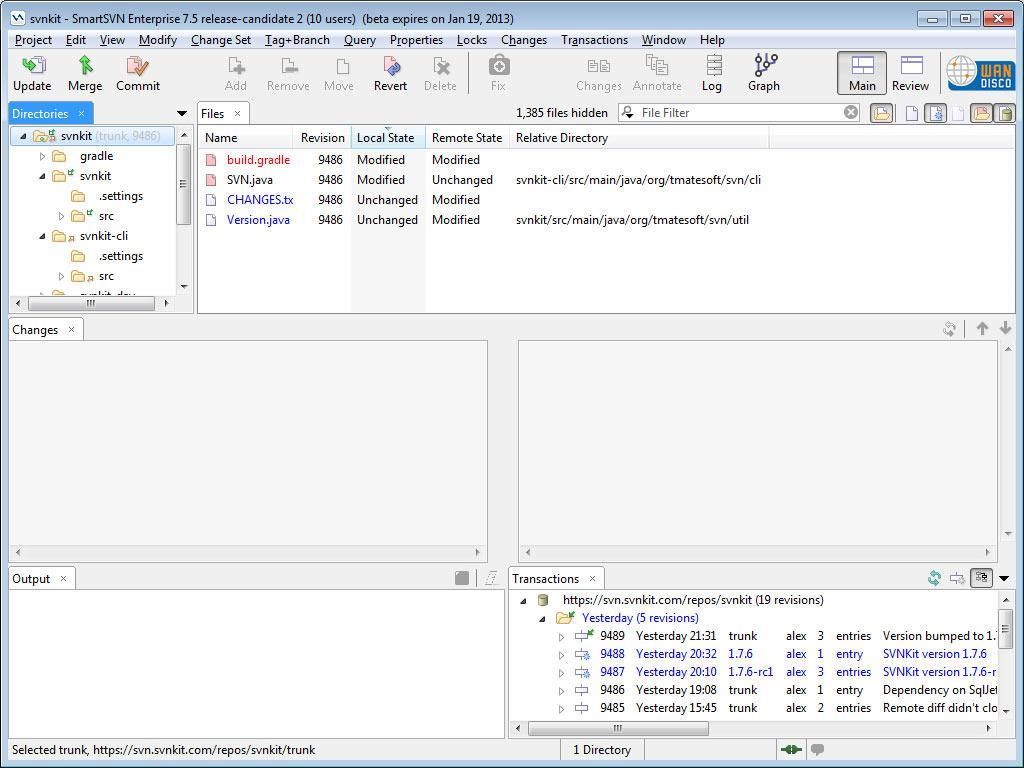

- SMARTSVN ALTERNATIVES CODE
- SMARTSVN ALTERNATIVES OFFLINE
- SMARTSVN ALTERNATIVES SERIES
The Git workflow is similar to SVN, but with an extra step: to create a new feature, you take an exact copy of the central repository to create your local repository on your local machine (you can think of this as your “local trunk”). Local repositories are exact copies of the central repository complete with the entire history of changes.
SMARTSVN ALTERNATIVES SERIES
Unlike SVN, Git utilizes multiple repositories: a central repository and a series of local repositories. While centralized systems were the version control system of choice for nearly a decade, Git has surpassed them in recent years.
SMARTSVN ALTERNATIVES OFFLINE
Limited offline access is also a frequent point of complaint. If there is an error, it can destroy all builds.

However, working on one central server means there is a single point of failure. And users generally appreciate how easy it is to use and understand SVN.
SMARTSVN ALTERNATIVES CODE
You only merge into the trunk when your code is error-free. The benefit of branching is the ability to make commits into the branch without breaking the trunk. When you’re done, you merge your changes back into the trunk. take an exact copy of the trunk and place it into a new folder within the branches area. Here’s how this process looks: To create a new feature you first branch the code from the trunk, i.e.

Marking your code with tags makes it easy to review and, if necessary, revert your code. Tags aren’t used during development, but rather during deployment after the branch’s code is finished.
Tags: Consider tags a duplicate of a branch at a given point in time. Doing so allows each team member to work on the enhanced features without disrupting each other’s progress. Using a copy of the trunk code, team members conduct research and development in the branch. Branches: Here is where you house new code and features. This acts as a base where all changes are made from. Trunk: The trunk is the hub of your current, stable code and product. Developers can commit their changes directly to that central server repository. With a centralized system, all files and historical data are stored on a central server. What is SVN?Īpache Subversion, also known as Subversion, SVN represents the most popular centralized version control system on the market. To determine which system to use, you need to look at how each system works. A method that works perfectly for one company may be entirely wrong for your team. Remember, not all version control systems fit all teams and all needs. However, deciding whether to use a centralized version control system (like SVN) or a distributed version control system (like Git) will affect how you commit changes. With all version control systems, project files sit on a server that you push your files to when you have completed your work on your local machine. While most options out there have similar benefits, their differences are important. Plus, the whole team can track who made what changes, when, and why.īut before you implement a version control system into your team’s workflow, you need to figure out which one is right for you. They can work on the same code simultaneously without code conflicts. With one in place, team members can easily research, track, and undo code. The main benefit of using a version control system is that it keeps your team’s workflows organized as they work through various types of releases. They combine your repository of project files with a history of all your code changes, making it easy to edit and understand your code over time. Version control systems are integral to building software. 
This post was originally published on April 4, 2018, and updated most recently on June 23, 2020.








 0 kommentar(er)
0 kommentar(er)
